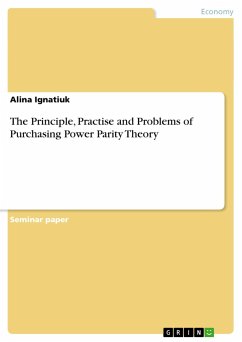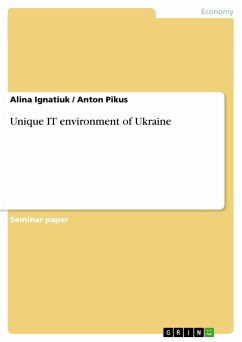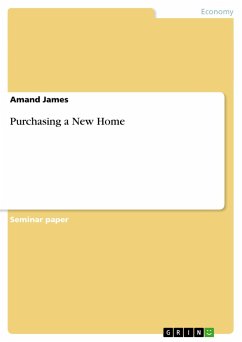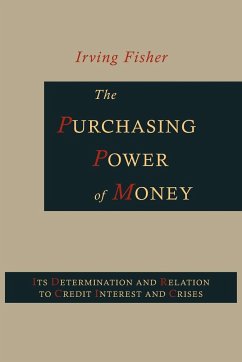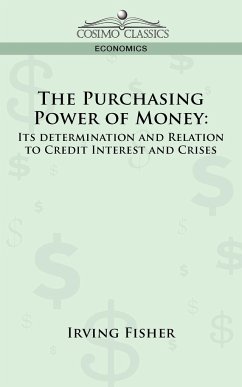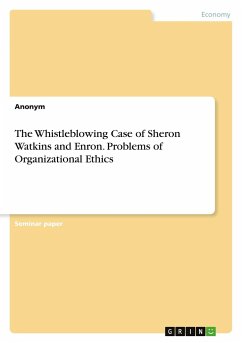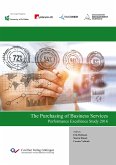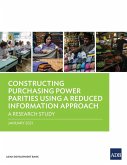Seminar paper from the year 2008 in the subject Business economics - Miscellaneous, grade: A, Schmalkalden University of Applied Sciences (Schmalkalden University), language: English, abstract: "Under the skin of any international economist lies a deep-seated belief in some variant of the PPP theory of the exchange rate." The purpose of this paper is to consider one of the most controversial theory in international economics - Purchasing Power Parity theory - its main idea, empirical evidence, limitations and practical application. The main idea of PPP is price levels changes determine the exchange rate change between two countries. There are two versions of PPP theory absolute and relative. Stricter absolute version of PPP did not find confirmation in reality and relative version of PPP theory was proposed. Despite theoretical and practical inconformity, PPP is present in many models of international economics as an explanation of exchange rate changes. The main apologist of PPPtheory and its father was Gustav Cassel. He indicated that the exchange rate determined by price levels is not necessarily the actual exchange rate but the equilibrium one. Also Cassel mentioned that there is a tendency for the actual exchange rate to return to its equilibrium exchange rate. The original idea of PPP theory is described below:"Our willingness to pay a certain price for foreign money must ultimately and essentially be due to the fact that this money possesses a purchasing power as against commodities and services in that foreign country." In this paper we considered the principle and two versions of PPP theory, discussed its empirical evidence and econometrical tests, and also tried to find possible reasons why PPP theory fails in reality and answered the question is this theory still useful for explaining exchange rates movements.
Hinweis: Dieser Artikel kann nur an eine deutsche Lieferadresse ausgeliefert werden.
Hinweis: Dieser Artikel kann nur an eine deutsche Lieferadresse ausgeliefert werden.

